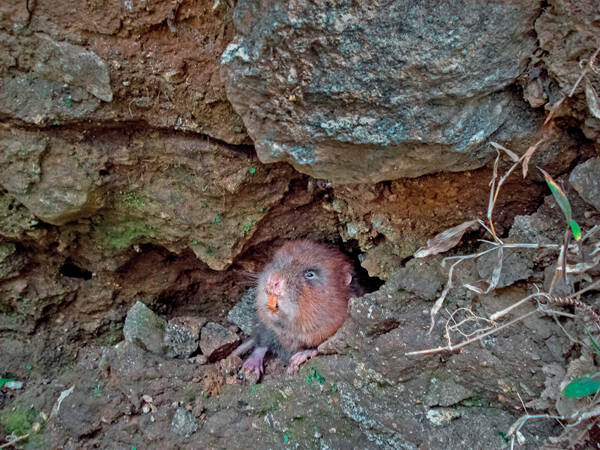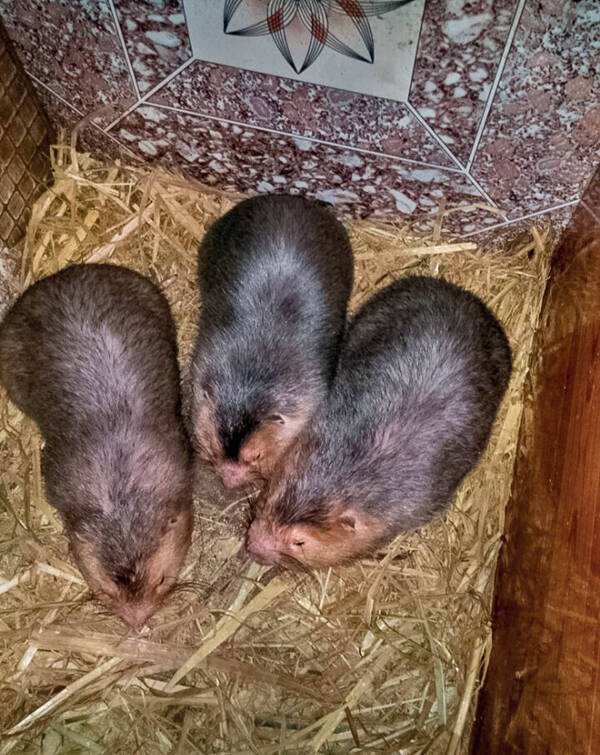badius
IUCN
LCBasic Information
Scientific classification
- name:badius
- Scientific Name:badius,Muscicapus, bamboo rat, winter rat, muscicapus, hog rat, bamboo civet, etc.
- Outline:Rodents
- Family:Rodentia Rhizomysidae Rhizomys
Vital signs
- length:200mm
- Weight:800g
- lifetime:
Feature
The eyes and ears are small, the limbs are short, and the claws are long and hard.
Distribution and Habitat
In China, it is only distributed in Ruili area in western Yunnan. Abroad, it is distributed in Vietnam, Laos, Cambodia, Thailand, Nepal, India, etc.
Appearance
The ears are small and hidden in the fur, and the auricles are not visible from the outside. The individuals are small, usually less than 800g. The back fur is more or less reddish brown. Juveniles and sub-adults are gray-brown. The body length is about 200mm. The tail is about 50mm long and has sparse long hairs. There is a long snout on the skull and a relatively large auditory bulla. The back of the skull has a well-developed miglar ridge.
Details
The bamboo rat belongs to the subfamily Rhizomyinae. There is only one species of the genus Rhizomyinae in the world. There is no dispute in its classification. Its distribution area in my country is narrow, its number is small, its specimens are very few, and its research is not in-depth. It lives in bamboo forests in tropical and subtropical mountains, and lives almost all its life underground, rarely appearing on the surface. It mainly feeds on bamboo shoots and bamboo whips.

The bamboo rat is one of the main rats in the tropical Hevea brasiliensis forest in Yunnan, my country, and is a typical cave animal. The cave system consists of a mound, a cave entrance, a feeding tract, a shelter, a nest and a toilet. The total length of the cave is 1250-5200 cm, and the average length of the 16 cave systems is 3153.1. Its food includes 18 species such as palm reed, reed bamboo, Hevea brasiliensis, and thorny bamboo, and it likes to eat the main root of rubber.
The bamboo rat lives in habitats such as grasslands and woods, and sometimes builds holes in gardens. It digs tunnels with its incisors and claws very quickly. The tunnels are often built in hard soil with rocks underground. It sleeps in the cave during the day and moves out of the cave in the evening. Although it is called a bamboo rat, it actually feeds on a variety of plants, including tender grass, roots, and crops such as shelled rice and pumpkin. The gestation period is 40 to 48 days, and each litter has 1 to 2 pups.
This species has been included in the "National List of Terrestrial Wildlife with Important Economic and Scientific Research Value under State Protection" issued by the State Forestry Administration of China on August 1, 2000.
Listed in the 2013 Red List of Endangered Species of the World Conservation Union (IUCN) ver3.1—Vulnerable (VU).









